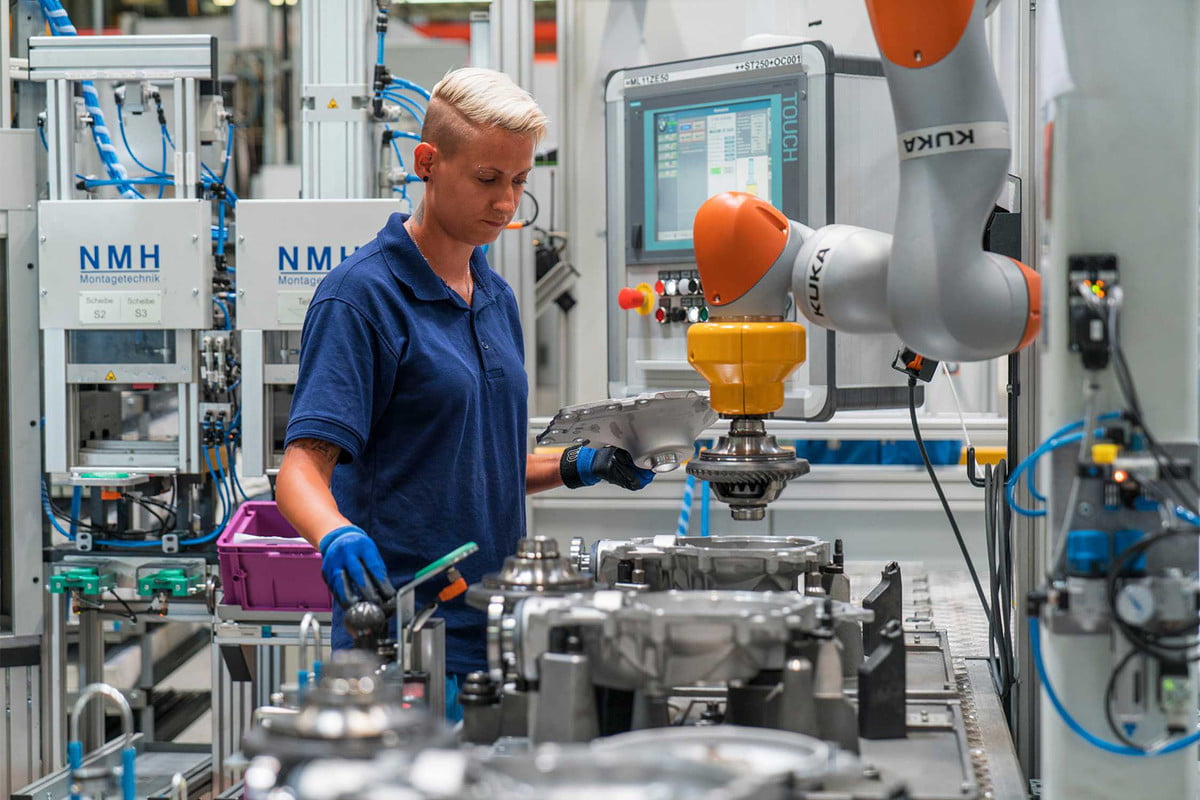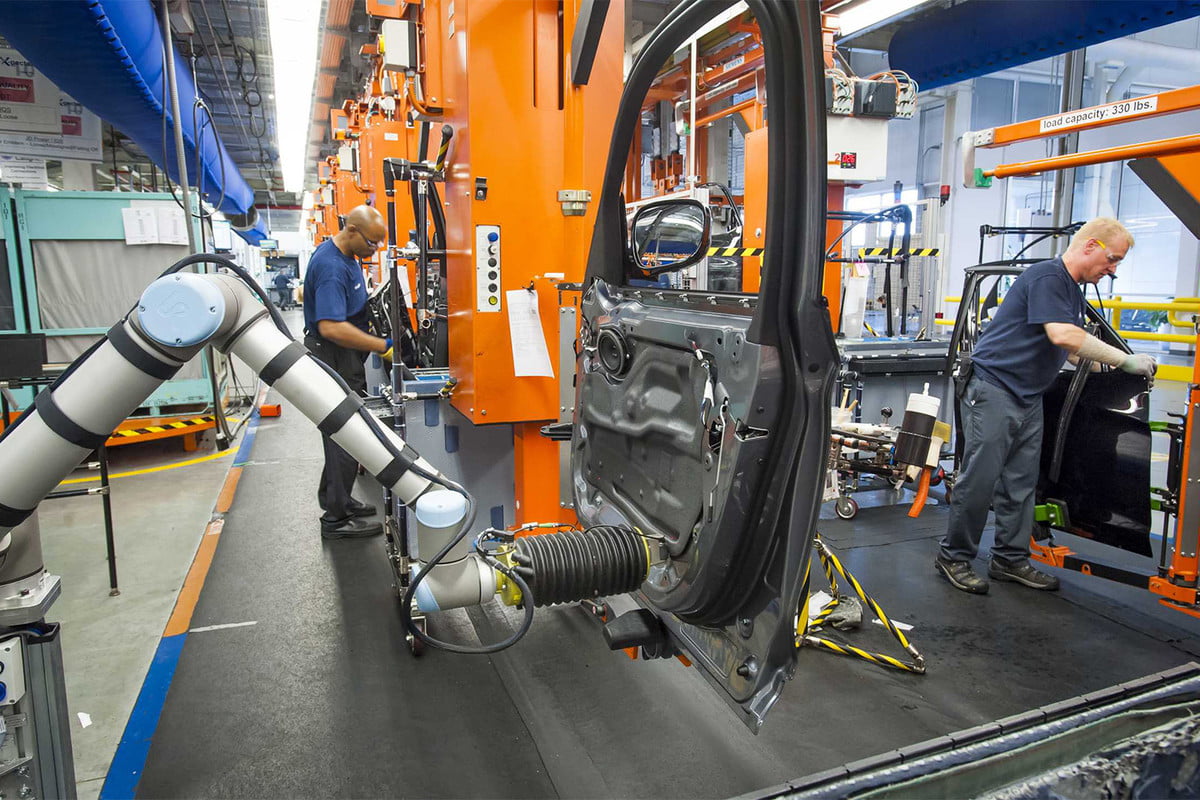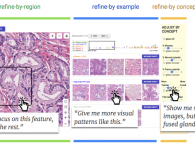
For many people, the word “automation” conjures up dystopian scenes of humans versus machines. A future in which people set aside our differences to oppose the sleek, metallic products of our own engineering. Few but growth-minded business types get a warm-and-fuzzy feeling of optimism when the word “automation” comes up. And for good reason.
There’s virtually no job that won’t be touched by artificial intelligence (A.I.) and robotics. According to a recent Ball State study, robots and A.I. accounted for around 87 percent of job loss in the United States between 2000 and 2010. PricewaterhouseCoopers recently estimated that 38 percent of American jobs may be at risk by the 2030s. And in 2016, a 55-page report titled from the Executive Office of the President painted a similarly dire picture, warning that millions of workers may be displaced.

But not everyone is so concerned. Paul Daughtery, chief technology an innovation officer at Accenture, thinks it’s neither inevitable nor likely that machines will ultimately replace humans in the workforce. In his book Human + Machine: Reimagining Work in the Age of A.I., Daughtery and his co-author H. James Wilson argue “technology’s larger impact will be in complementing and augmenting human capabilities, not replacing them.”
We spoke to Daughtery about his seemingly contrarian perspective on automation and how he thinks workers can adjust to the future of work in the age of automation. This interview has been edited and condensed for clarity.
DT: Many people think of automation as a conflict between humans and machines. You seem more optimistic and see humans and machines working together. Where did your perspective originate from?
PD: I think that A.I. is often misunderstood and that humans are underrated. We wrote [Human + Machine] because we saw this playing out differently than a lot of the headlines were portraying. Our core premise here is the “plus.” Human plus machine is what really yields the results.
A.I. has been the largest [business] trend that we’ve seen in the past 50 years. We’ve already seen A.I. growing faster in our business and in the market than any other technology we’ve tracked. A few years ago we saw a lot of work being done about how to help people use technology more efficiently to dramatically change the process and results they were getting. We decided to launch a research project and try to get to the facts of what’s happening.

For the book we surveyed 1,500 companies and talked to thousands of workers at the early stages of this transition. What we found was the greatest results and improvements come when you put the best human skills together with machine or A.I. capabilities.
What were some of your key findings from this research?
The first is that to get those results, you need to reimagine the business. That’s different than automating or reengineering. You really needed to reimagine; really rethink the way you’re approaching the work. Companies that are doing that achieve more success.
The second thing we found is this idea of the “missing middle,” which relates to six new categories of jobs that people don’t really anticipate.
The third key finding was that [automation] introduces new set of considerations that businesses, governments, and organizations have not been thinking about, and which could impact people, communities, and society.
You mentioned six new job categories that might emerge as a result of automation. What are those categories?
There are two broad categories. There’s the set of jobs where humans help machines—we call these trainers, explainers, and sustainers. Then there’s the set where machines help people and, in essence, give people superpowers by enabling them to operate at a higher level of productivity.
For people helping machines, take one category, trainers. We’re are talking about things like behavioral training of the A.I. How do you make sure that the A.I. agent you use is responding to customers in the right way and with the right tone? That’s not an engineering task. It requires someone who understands how to interact with people and therefore how machines should interact with people. We’re thinking about people with backgrounds like sociology or poetry, who understand language and the best way to express ideas.
A second job in the category is explainers, someone who is able to explain to customers and employees the way that A.I. is making decisions within their company. We’ve seen jobs posted on job boards for things like “FinTech explain-ability engineer,” for example.
Sustainer is probably one of the most interesting jobs. About six months ago Amazon had to retire one of its H.R. capabilities because the recruiting A.I. had become biased against women. It learned from the patterns it was fed of male employee and recruit data. If you look at the average company, which is going to have probably thousands of A.I. algorithms operating, who’s going to make sure they all work well? Who’s going to oversee the A.I. just like you oversee, promote, and demote people?
What sort of jobs might we find in the machines helping humans category?
We call these jobs interact, amplify, and embody. In amplify we’re using A.I. to help somebody do their job more effectively. A simple example is in banks for anti-money laundering processes. An employee is looking through thousands or millions of transactions trying to find illicit or criminal activity. That’s really not something humans are great at. But A.I. is. So banks will apply machine learning for pattern detection in millions and billions of transactions, letting the machine learning algorithm find the correlations in the data and then flagging them so that human investigators can use their investigative skills to decide what’s legitimate versus illicit activity.
Interact is how do you apply A.I. to human interaction. This is the area that’s probably moving the fastest. You can see it in a basic way with Siri, Alexa, and Google Voice. You can use it to automate text chat and real-time voice chat to increase the productivity of human agents. The goal is offloading the work of human agents for some of the basic things, helping them deal with the more complex tasks. An example is A.I. being used to understand the emotional behavior of a customer. If a customer is upset or frustrated by the interaction with the company, they need to be treated a little bit differently. The human agent could then be better prepared to deal with the customers.

Finally, embody is the physical thing people think about as collaborative robots being used in more flexible manufacturing. In the book we talk about a BMW factory in Germany, where they’ve ripped out their industrial robots and replaced them with collaborative robot. They’ve gone from 80 percent machines and 20 percent humans to 80 percent humans and 20 percent machines. Today we have very complicated vehicles and lots of options that need lots of flexibility. The collaborative robots paired with the humans are a better formula for productivity.
A number of reports over the past few years have pointed to A.I. and robots as a major risk to job security. Your position differs. What’s your reasoning?
The World Economic Forum had a study that came out about a year ago and its forecast was by 2022 A.I. would eliminate 75 million jobs but may create about 130 million jobs globally. That’s the kind of [near-term] result that’s consistent with our research. But when start looking 50 or 75 years down the road, it’s really hard to forecast.
I’m a cautious optimist about how this will play out. We believe there are more jobs being created rather than less and that there’s a strong role for people in the workforce. The issue we have is that some jobs will be eliminated. That’s just the nature of technology and automation, whether it be A.I. or the steam engine, technology will eliminate some jobs. A recent OECD (Organization for Economic Co-operation and Development) report forecast that over the next 15 years about 14 percent of jobs will be eliminated, about 30 percent will be significantly transformed, and almost every other job will be transformed to some extent. So most jobs will be impacted.
The big issue will be how we prepare people who don’t have the skills for these jobs. In the book we talked about how to develop the right skills to work with the machines. And we’ve identified types of human skills they need to train in people.
What are some of those uniquely human skills worth cultivating?
We found that the top four human skills that are in demand in an A.I.: creativity, complex problem solving, socio-emotional response, and sensory perception. For now, those are uniquely human skills we need people to do.
- Real-time fact-checking is coming to live TV. But will networks use it?
- Look out, bartenders: This cocktail-making robot is coming for your job
- The burger of the future comes from crickets, not cows
read more at https://www.digitaltrends.com by Dyllan Furness
Tech








